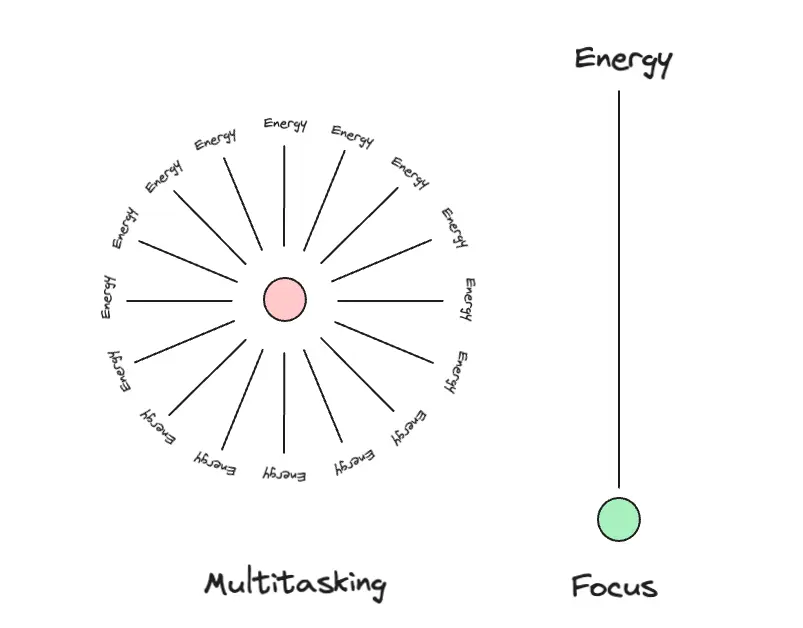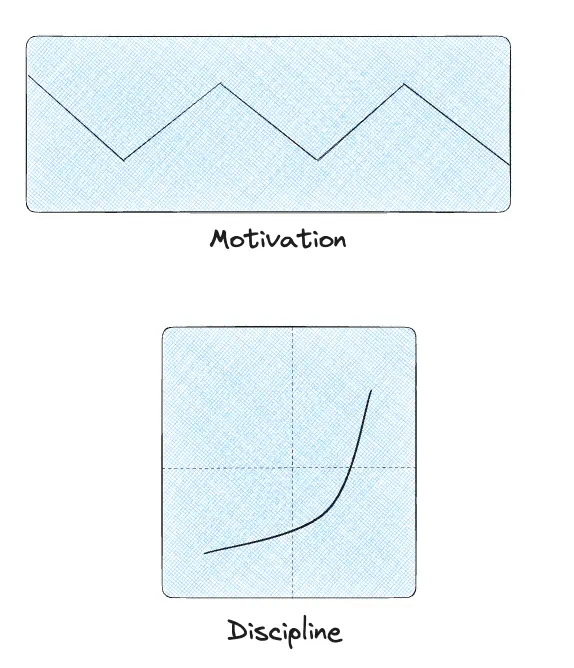
3 steps to the flow state and deep work
Aug 30, 2023 - 3 min readThe following post is about my experiences and my take on building a strong routine and utilizing deep work. My routine to reach the flow state consists of 3 simple steps; Prepare, create space, and Immersion.
Intro
Reaching the flow state is becoming increasingly harder in the modern world full of distractions. The amount of notifications, constant communication, availability, and things that are trying to get our attention is only increasing, and combined with the fear of missing out is a huge threat to our ability to focus and do deep work. The battle for our attention is a constant struggle that requires both strong discipline and practice to even stand a chance.
Deep work is one of my areas of focus both personally and during my job as a manager of developers in a consultancy company. I wrote an article about deep work that you can read here
I am a strong believer in asynchronous communication and utilizing the tools available. Every day I see how they are misused and how the always-available idea drives people to stress and towards a fragmented workday. The main feature of written digital communication is that you don't have to reply instantly, the biggest asset of this type of communication is that it can asynchronize. You actually don't have to check your emails every 10 minutes. You don't have to be instantly answering on Slack or chats.
If you are a knowledge worker and want to be a top performer, you HAVE to prioritize focus time.
Routine
The brain is a muscle, you can train it and you do so by using it, and the same thing applies to deep work. You practice, and you get better. Training this muscle and practicing locking into the focus mode is something that you increasingly will become better at the more you do it.
Following the same routine will make it easier and easier to dive into focus mode.
But it does require a combination of strong willpower and endless repetition to succeed.
Creating a routine you believe in and sticking to will give you the results over time.

You can even go one step further and create some routine triggers. It could be a particular playlist or a track you listen to when you focus. It can also be the routine of closing all tabs in the browser or starting on a new desktop. Another trigger can be a special setting or physical space, like a room, a cafe, or wherever you prefer to dive deep into the task or project. Often preparing (step 1 in the next session) can work as a trigger.
The 3 steps
These can and should vary a lot depending on who, what, and how. These are just my take and the routine I usually follow.
- Preparation and research.
Start out by planning what you want to do and how to do it. Having a clear goal and removing all obstacles is the key part of this step. Do the research and get everything ready.
Block time in your calendar, so everyone knows that you are in the flow state and you hold yourself accountable to dive into a deep work session. Maybe set a status of deep working. Even saying it out loud works well if you are working in an open office.
- Create space and establish an optimal environment.
Get the shallow work out of the way. Either make a to-do list or finish the shallow work tasks or whatever is taking space in your mind.
Close Slack, your email, and notifications off and turn your phone upside down (and on silent mode). So you are reachable through phone calls only.
- Immersion.
This is where you start and immerse into the zone. Music often helps, so put on headphones and start your preferred playlist for deep work. I personally prefer some without vocals.
And start your task...
Starting and finishing
On a side note, but still relevant; Another great piece of advice is to look at how you start and finish these sessions. If you find yourself in a situation where you work on a bigger project over several sessions, make sure you finish in a way, where it will be easy to start the next session. It is a bit similar to step 1 with the research, but if you work on the same project for more sessions, you can actually let step 1 be very lightweight. If you stop somewhere, where the next step is very clear and write snapshots of your current state of mind as notes or todos, it can enable you to slide right back into a similar thought spree and start where you left it after the last session.
I often make sure to end the session by writing my current idea of what the next step should be.
Depending on what you do, the situation, the time of day, and so on, the length of the deep work session can vary. It is very individual and hard to generalize.
Personally, I like to have no ending and just let my cognitive fitness decide.
Conclusion
Practice is the key. And while doing so create your own routine. Practice the process and adjust it to fit your needs and the situation.

While it is important to get into the flow state to focus, it is equally important to battle the constant distractions and the urge to break the focus. Practice staying focused for longer and longer streaks of time.
This battle is constant and this is where practicing really matters and pays off.
Do not give in. The notifications, reels, posts, and so on will be there in 1 hour as well! Take advantage of it, it does not have to be real-time. You do not miss anything!
When you succeed with this, you will over time notice increased performance both in the quality you produce, but also in the quantity.
This can help bring you to the next step in your career or to execute ideas and passion projects with efficiency.
Furthermore, this provides an additional benefit and added advantage by fostering a sense of fulfillment, meaningfulness, and continuous progress in your job.
So my final advice: Schedule time for deep work, make it recurring, and start practicing.